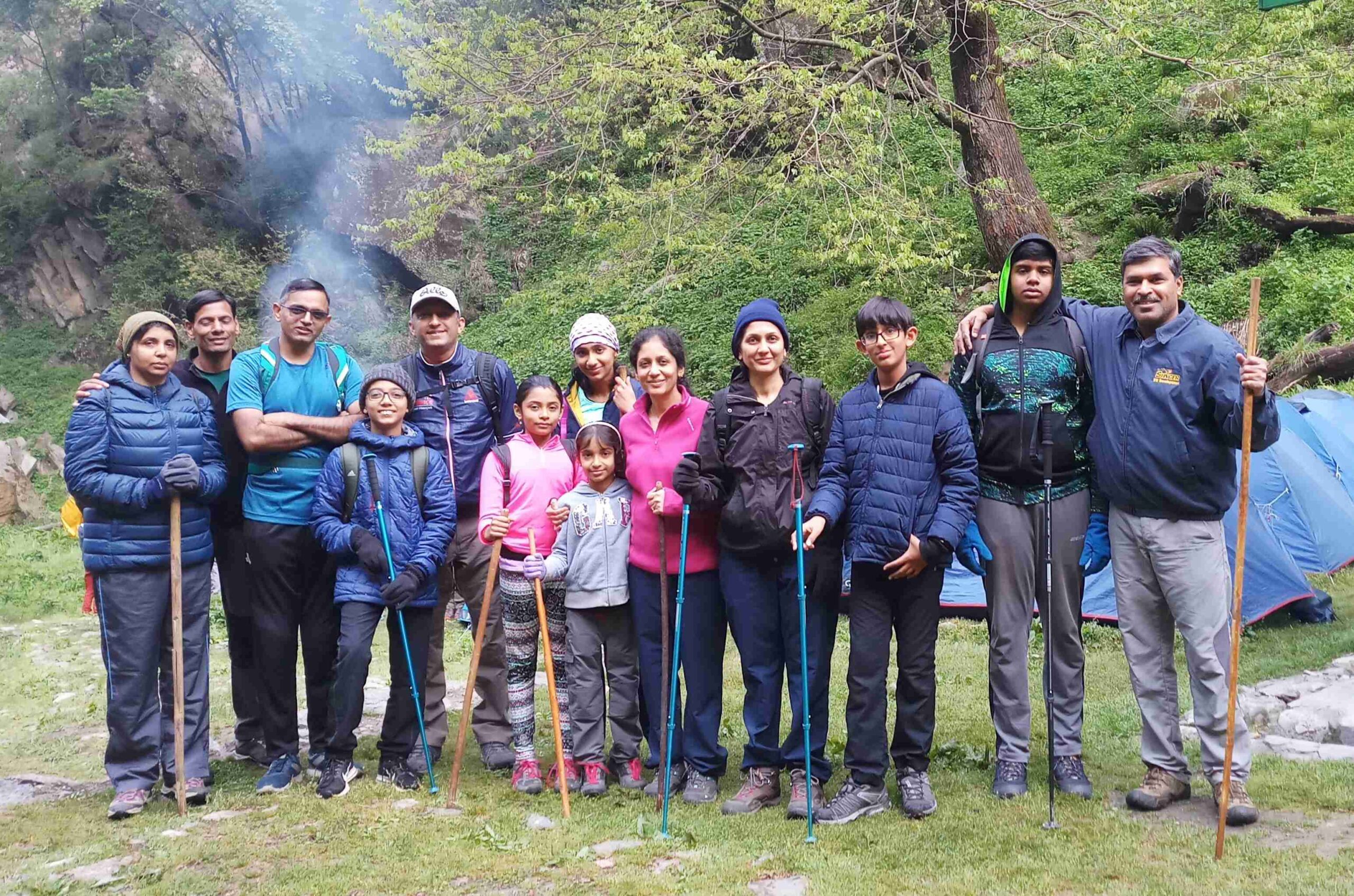
Trekking is one of the most fulfilling ways to experience the outdoors. Navigating forest trails, scaling mountain passes, walking from village to village, or strolling alongside serene rivers can be highly memorable experiences. There is one caveat, though—it’s an enjoyable trip only if it matches your fitness level. The trek shouldn’t be so exhausting that it prevents you from fully immersing yourself in the experience.
We hope these tips help choose your next adventure.
What’s Your Current Fitness Level?
The very first step is to assess your current fitness level objectively. Ask yourself:
- How regularly do you exercise?
- Have you been on shorter hikes and found the trails manageable, or did you struggle with them?
- Are you able to climb 5+ flights of stairs with ease, or does it leave you gasping for breath?
If you are new to trekking or lead a sedentary lifestyle, start with one of our beginner-friendly treks or walking holidays. Seasoned trekkers can consider our moderate to demanding treks. Of course, with sufficient time and training, it’s possible to achieve the fitness level required for more challenging treks.
What Do Our Trip Difficulty Levels Mean?
We classify our treks and walking holidays into the following difficulty levels:
Easy: Gentle trails, easy pace, lower altitudes, and minimal altitude gain. Suitable for beginners, families, or seasoned trekkers seeking a simpler, immersive experience.
For example, the Annapurna – Pothana-Dhampus trek is one of our easy treks. The highest point during this trek is only 2,100 m. It’s an easy-paced journey, requiring no more than 2-3 hours of walking per day, with comfortable accommodations along the way.
Moderate: Longer walking hours, steeper climbs, and higher altitudes. Ideal for those with decent stamina and some prior trekking experience.
Consider the Annapurna Panorama trek. This medium-category trek involves longer hikes (8 to 9 km on some days) and reaches an altitude of 3,210 m at Poon Hill. While the altitude is significant, it’s not as demanding as tougher treks like Goechela or Kashmir Great Lakes. The trails are well-defined but include several steep, stony sections.
Demanding: Challenging trails (rocky sections, scree, narrow paths with steep drops, snowy stretches, etc.), high altitudes, significant altitude gains, and potentially difficult weather conditions. Suitable for seasoned trekkers with high endurance who have completed a few moderate treks or walking holidays.
We also use intermediate difficulty levels, such as Easy+ and Moderate+, where we believe they offer a more accurate representation of a trek’s challenge.
For instance, the Chandrashila trek is categorized as ‘Moderate’ during spring and summer but becomes ‘Moderate+’ in the winter months due to snow and harsher conditions.
It’s important to note that difficulty levels are subjective. What feels easy for one person might be moderately challenging for another. Use these classifications as a guide, but trust your judgment when selecting a trek.
Final Thoughts
A realistic self-assessment of your fitness level, combined with an understanding of our trek difficulty ratings, should help you identify your next adventure. And of course, feel free to reach out to us for guidance—we’re happy to help!
Trekking isn’t about pushing yourself to the extreme; it’s about enjoying the journey. Choosing a trek that aligns with your fitness level ensures not just safety but also a truly memorable and enriching adventure.
So, lace up your boots, pick the right trek or walking holiday, and let the mountains work their magic!



